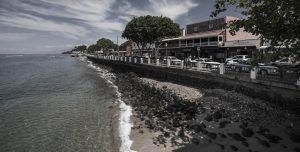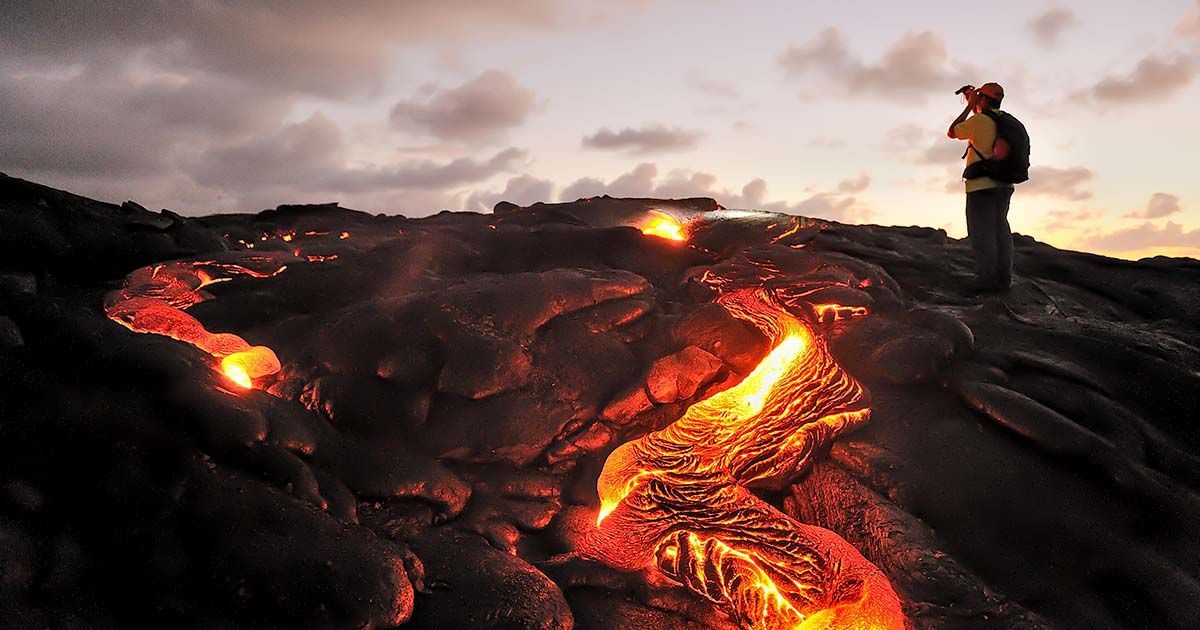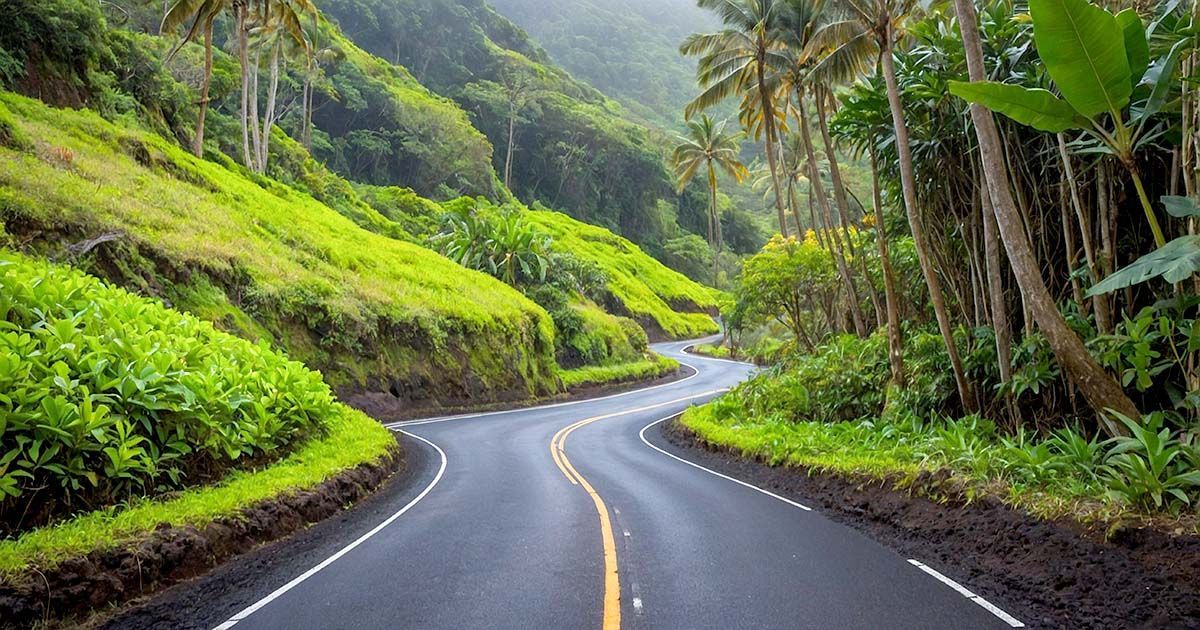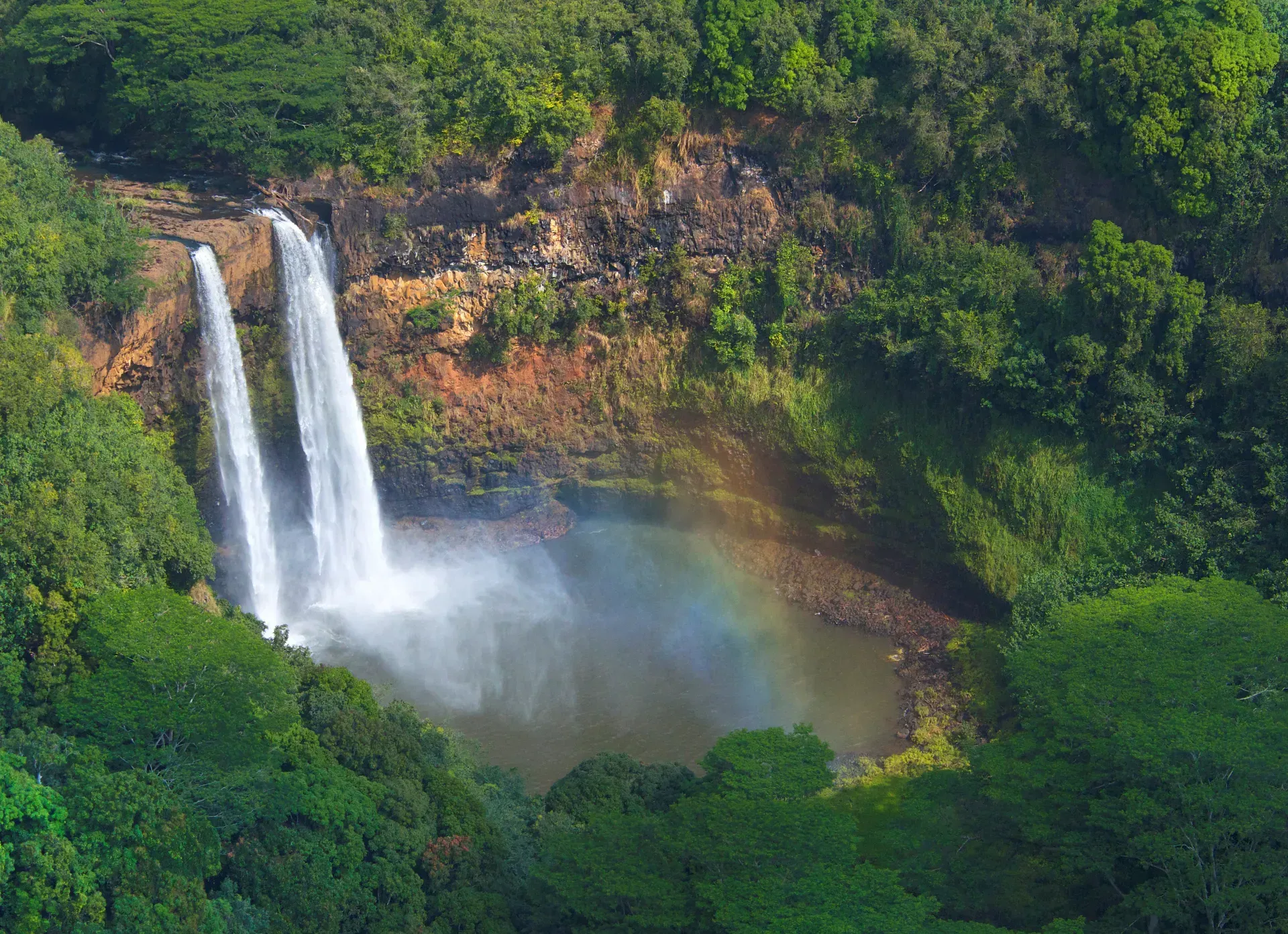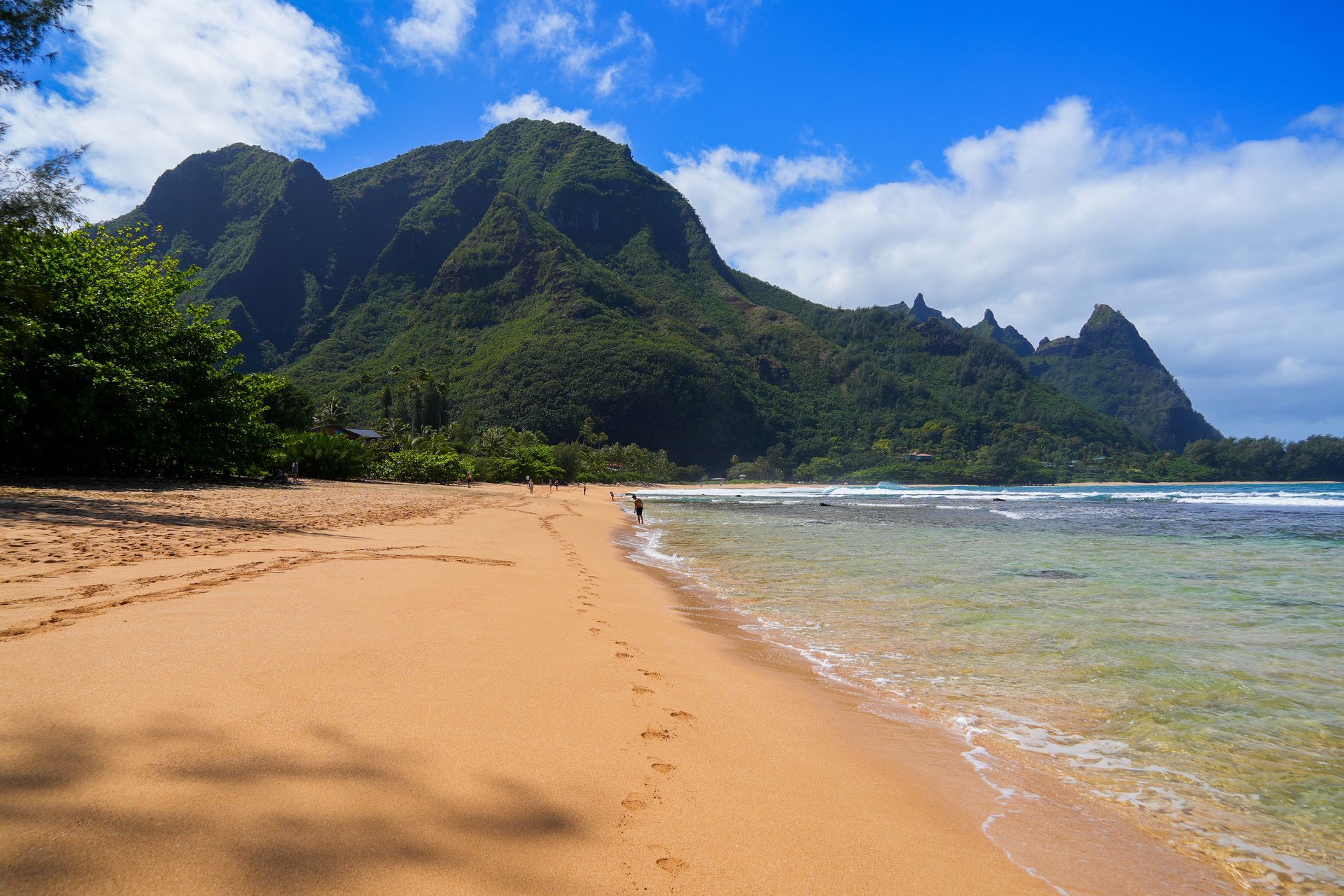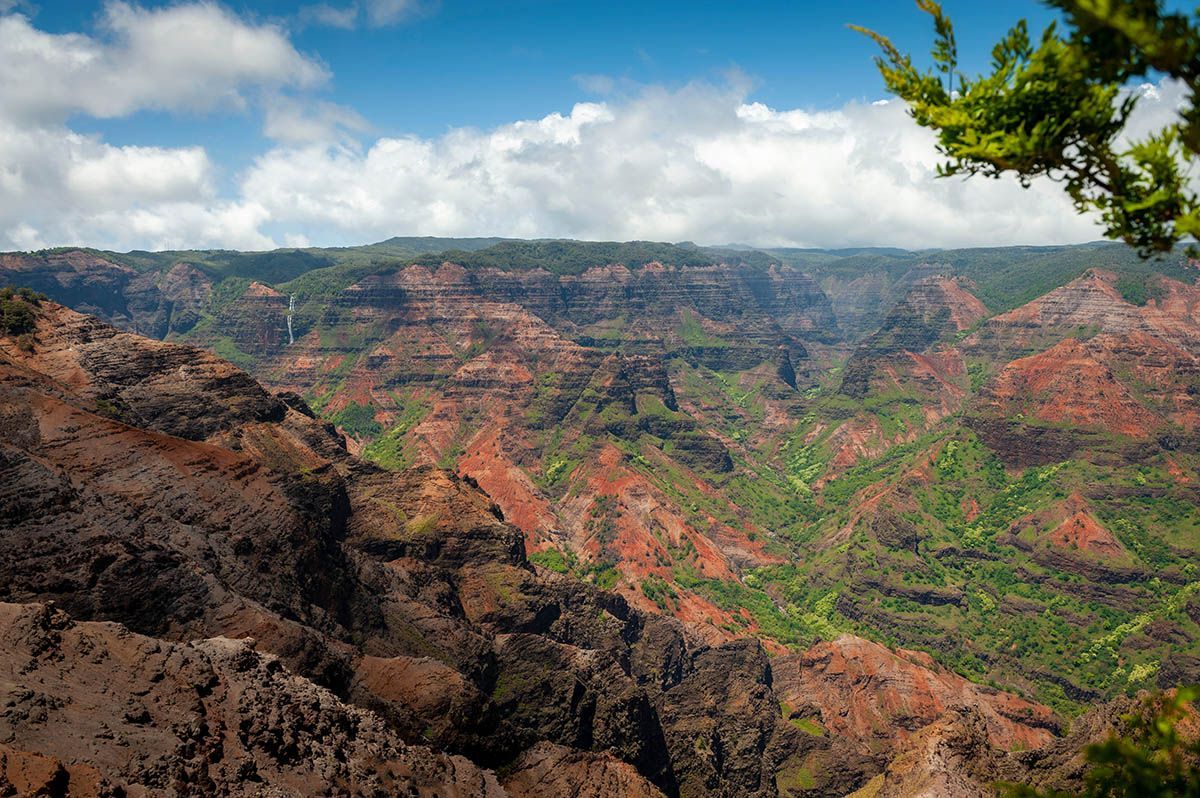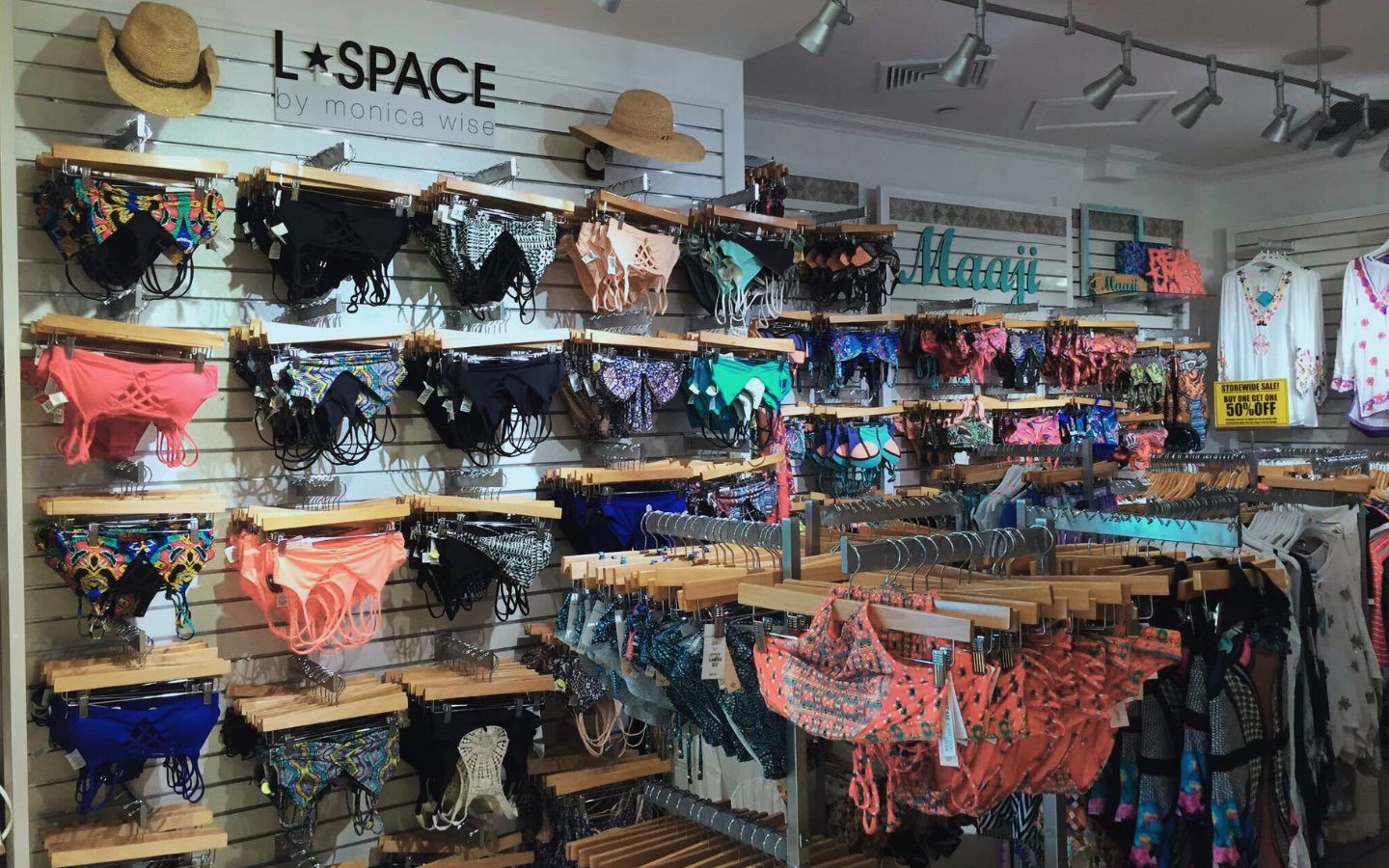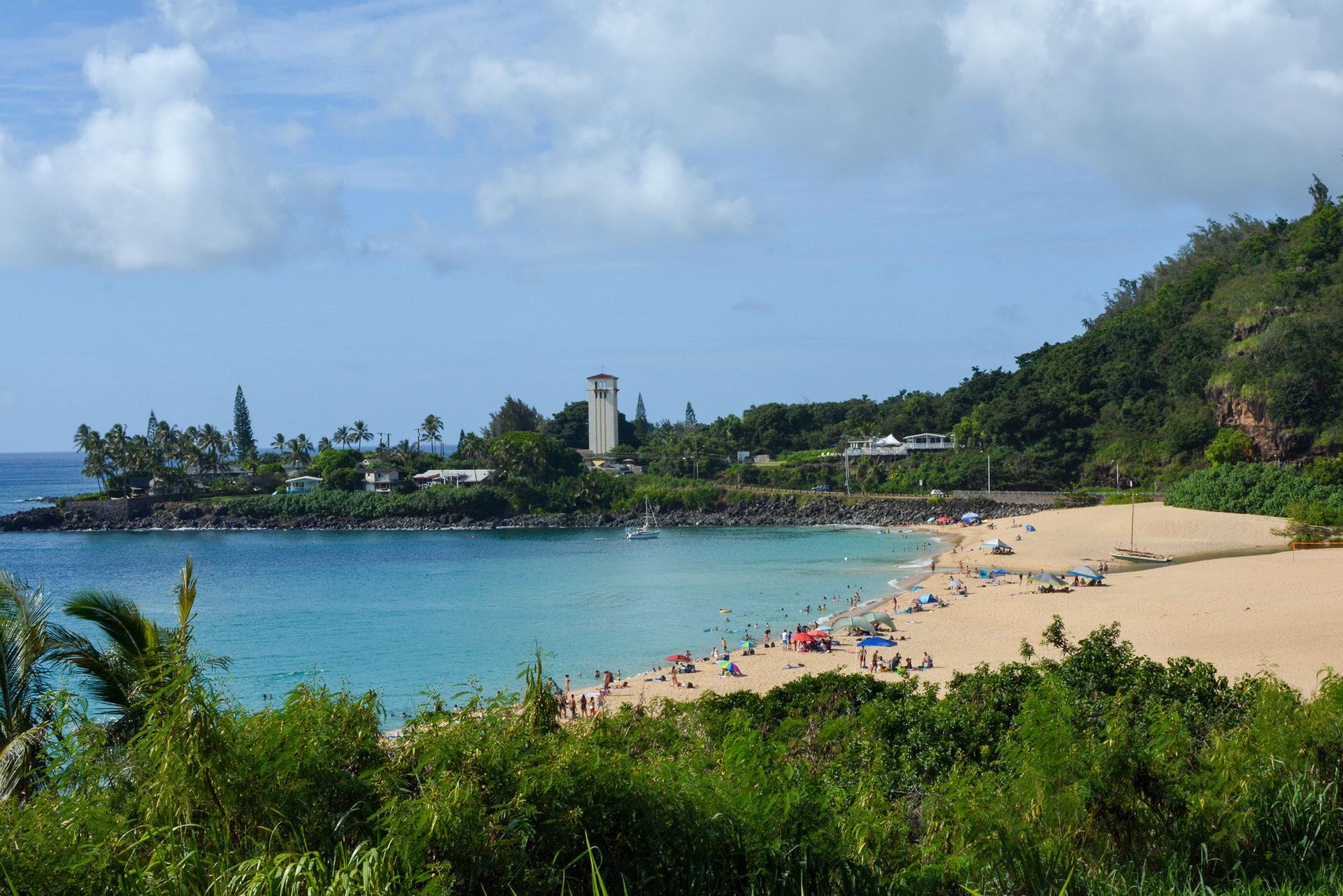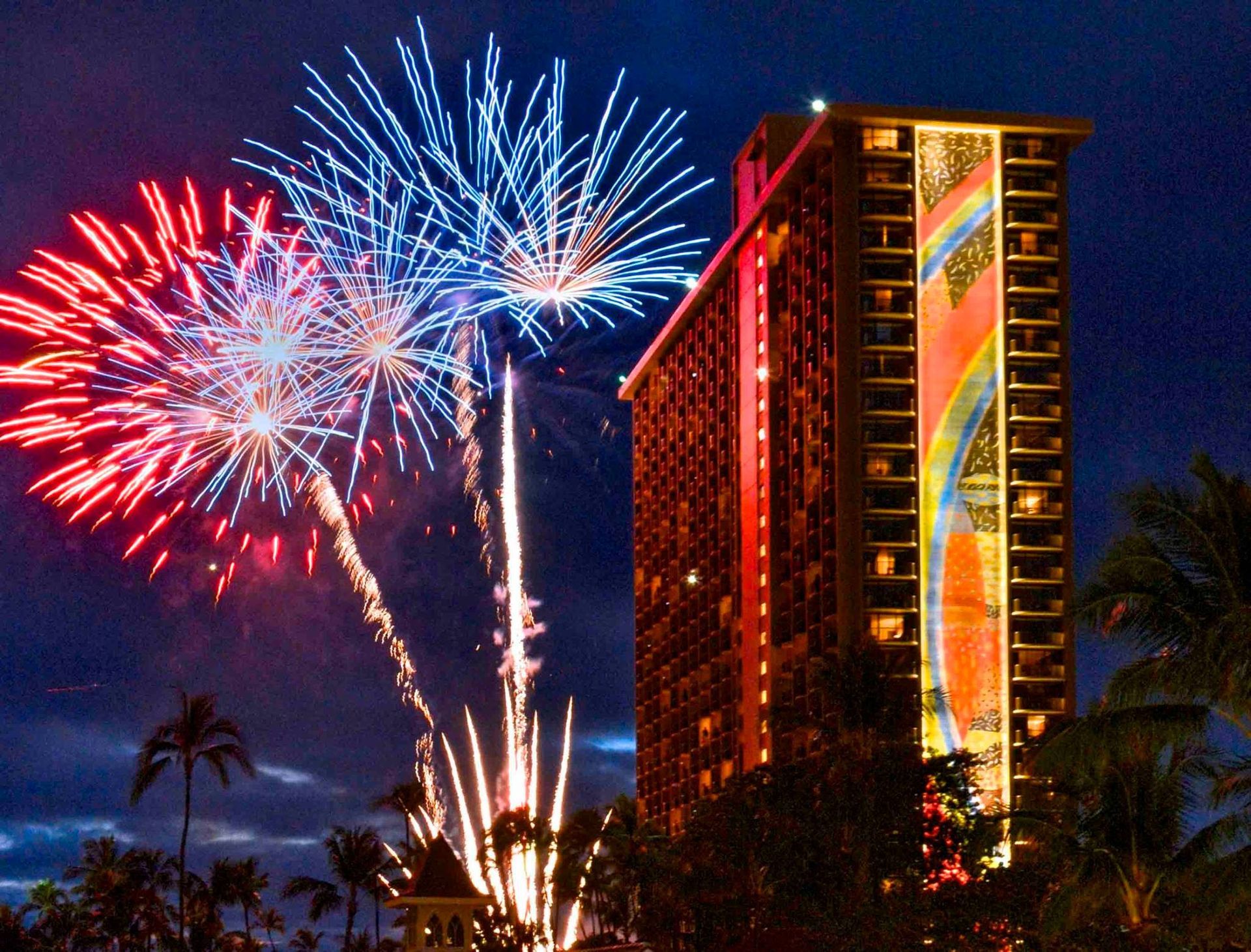Ten Things that Make Hawai’i the Most Unique State in the Country
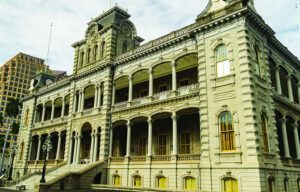
By Kent Coules, Publisher
- ʻIolani Palace
Hawaiʻi has the only royal palaces on American soil. ʻIolani Palace, in Honolulu, is the site of the 1893 overthrow of Queen Liliʻuokalani. Those familiar with Hawaii’s history can argue persuasively that Hawaiʻi is NOT legally United States territory, but that’s a story for another time.
- Weather
Honolulu is the only major U.S. city where the average high temperature is in the 80’s—TWELVE MONTHS A YEAR!
- Caffeine Junkies Rejoice
Hawaiʻi is the only state that grows coffee commercially. Hawaiʻi’s rich, volcanic soil is ideal for cultivating this glorious crop. Kona coffee is a world-famous variety that is oft-imitated but you just can’t beat the real thing.
- Give Peace a Chance
Hawaiʻi is the only land in the United States that was acquired without a peace treaty or purchase agreement. That is why there is a grassroots sovereignty movement that views the 1893 overthrow of Queen Liliʻuokalani and the 1898 annexation as illegal. In 1993, the U.S. Congress admitted that the 1893 action was illegal when it passed an Apology Resolution.
- Hawaiʻi is the only state still growing
The landmass of Hawaiʻi increases by approximately 42 acres per year due to the volcanic eruptions of Kīlauea, the world’s most active volcano.
- Hawaiʻi is out there. Like really out there.
It’s obvious that Hawaiʻi is the most beautiful state in the union. What is less known is that Hawaiʻi is the most geographically isolated landmass in the world.
- Mauna Kea is the tallest mountain in the country (and the world)
How’s that, you ask? Mauna Kea is only 13,803 feet above sea level , putting it below several peaks in the country. Measured from its base below the ocean surface, however, the mountain is actually over 33,000 feet tall, making it not only the tallest mountain the country but the tallest mountain in the world, dwarfing even Mount Everest by over 4,000 feet!
- Speaking of tall…
Molokaʻi boasts the highest sea cliffs in the U.S. , measuring 3,315 feet by the Guinness Book of World Records. Oops! That also makes them the tallest sea cliffs in the world (do you see a pattern here?).
- I can’t see clearly now
Not on Mount Waiʻaleʻale. This Kauaʻi mountain, which translates to “overflowing water,” is the wettest spot in the United States, with a whopping annual rainfall of 488 inches. Most meteorologists consider it the wettest spot (wait for it)—in the world.
- Residents of Hawaiʻi live longer than anywhere else
Hawaiʻi has the longest life expectancy in the U.S. at 82.4 years, 3.7 years longer than the national average. “Hawaiian time” must also translate to the state’s life expectancy.
